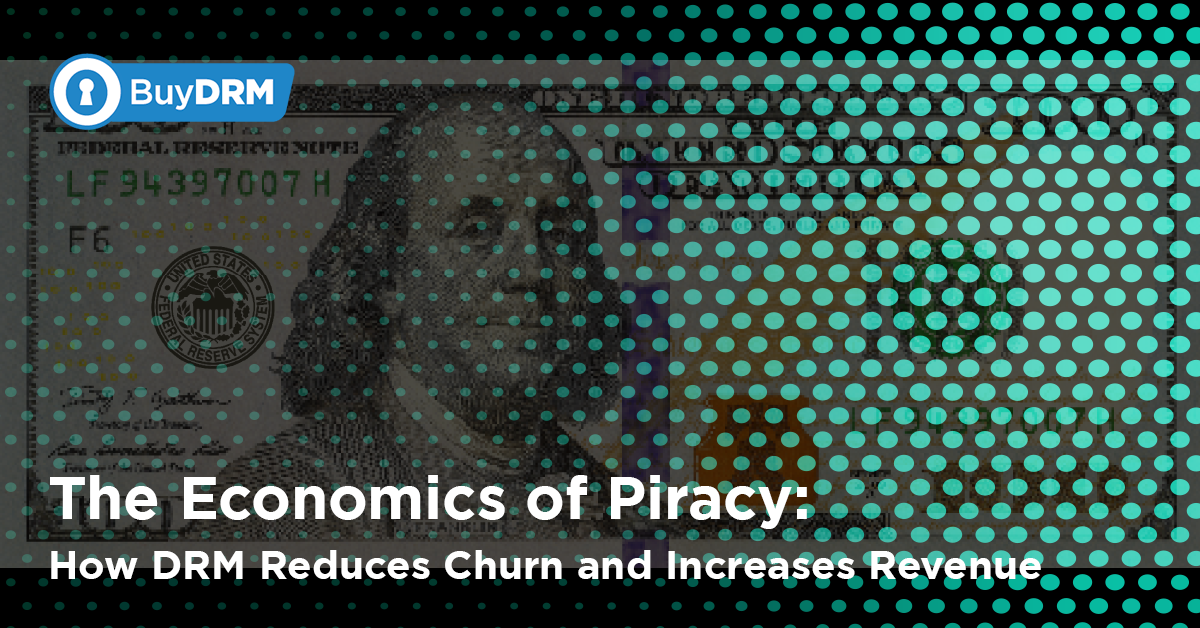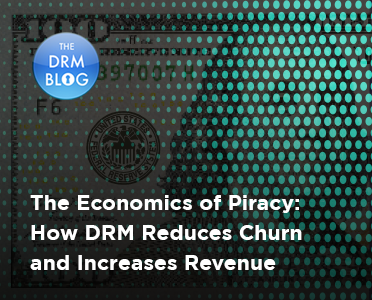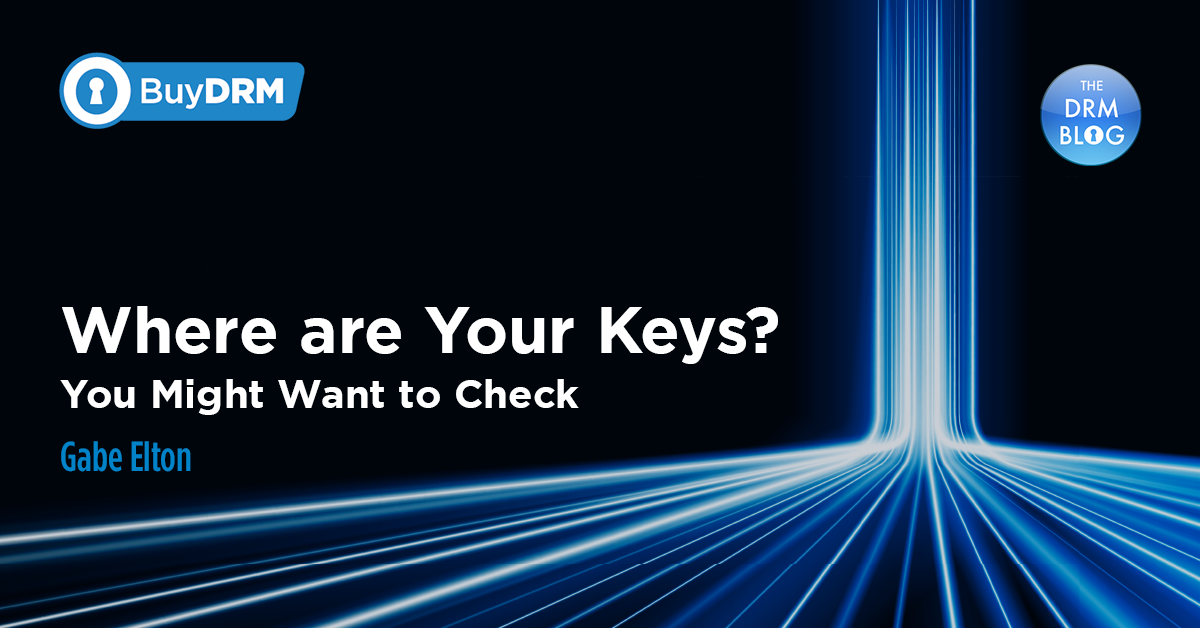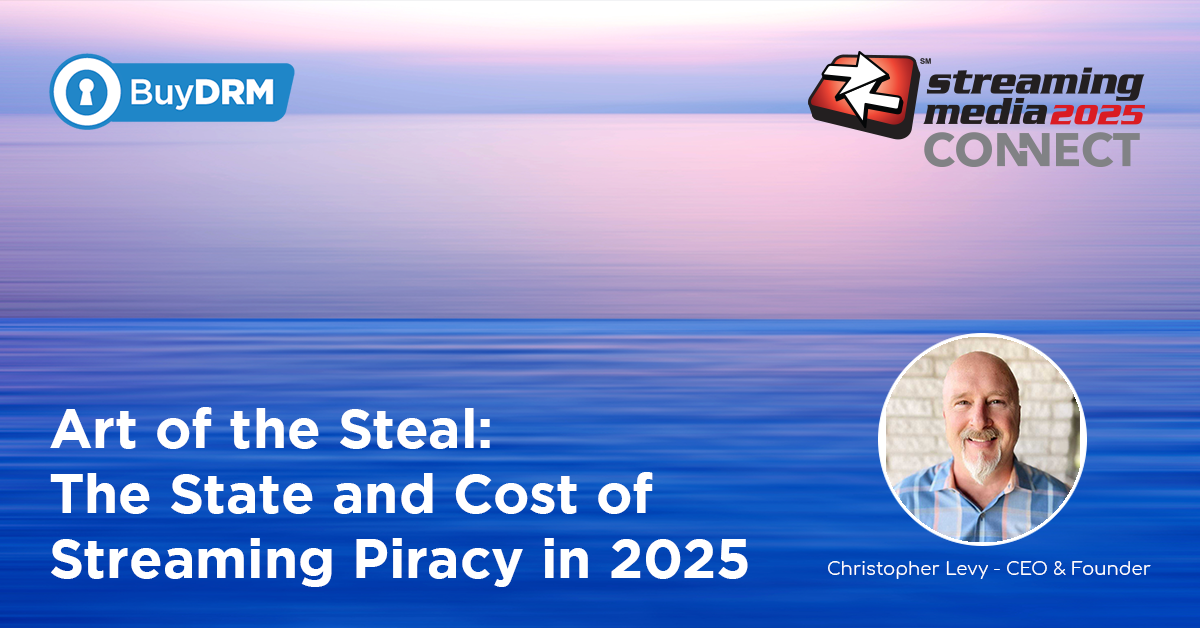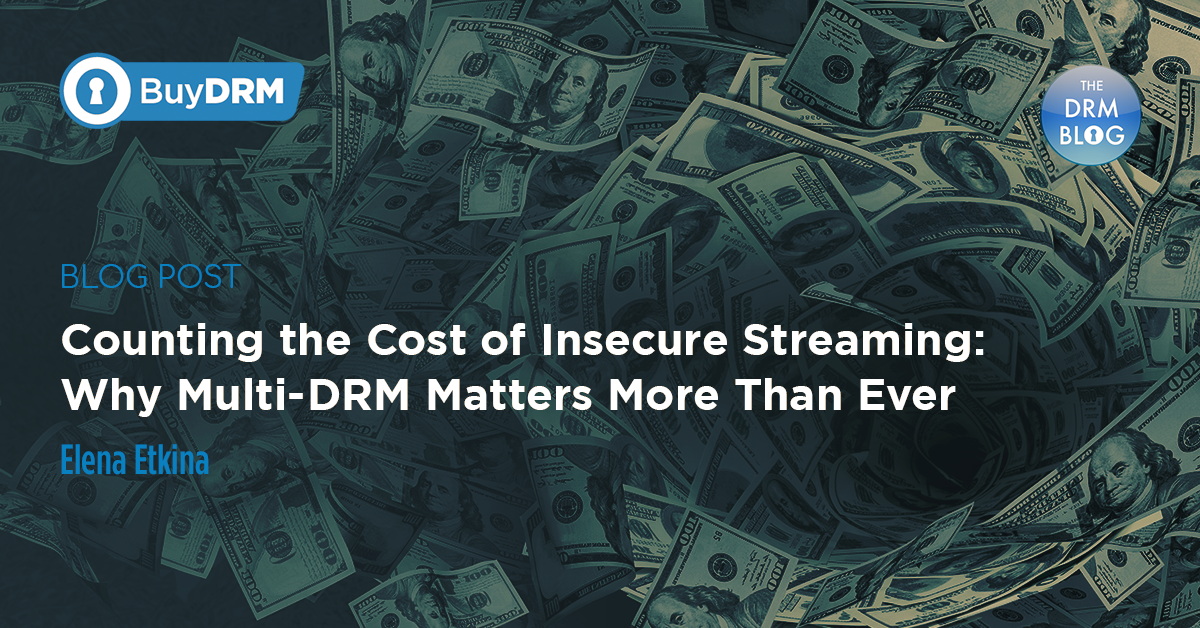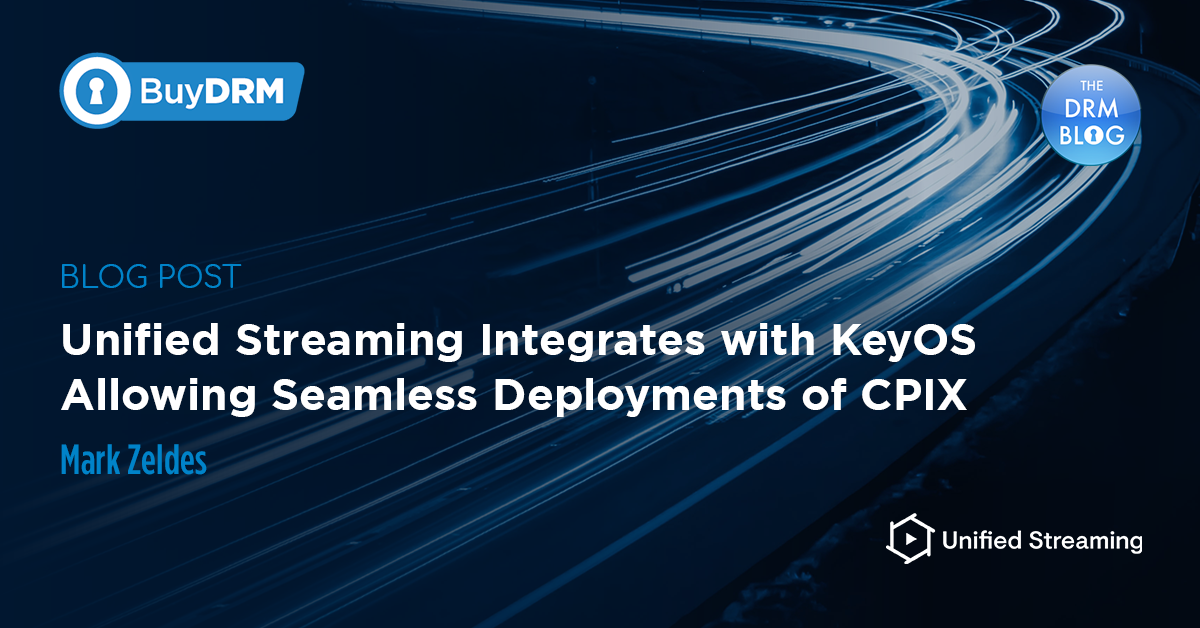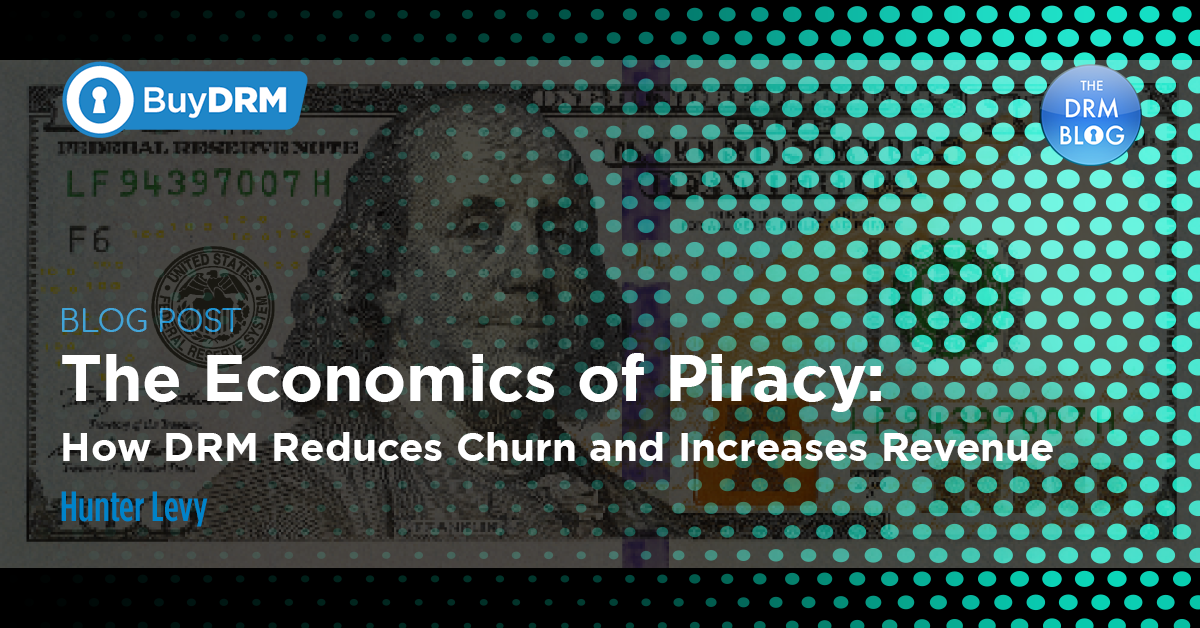In an era where content is currency, piracy remains one of the most significant threats to media businesses. From blockbuster films to binge-worthy series and premium live sports, unauthorized distribution is not just a nuisance - it’s a direct revenue leak. But while piracy is often framed as a technical challenge, the real impact is deeply economic. The good news? With a robust Digital Rights Management (DRM) strategy in place, content owners and distributors can not only defend their assets but also protect and grow their bottom line.
Let’s explore how DRM technology plays a key role in reducing churn, increasing average revenue per user (ARPU), and driving sustainable monetization.
DRM as a Business Enabler, Not Just a Lock
DRM is often misunderstood as just a digital lock. In reality, modern DRM solutions are intelligent systems that balance protection with user experience. They enforce licensing rules, prevent unauthorized playback, and provide fine-grained control over how, when, and where content is consumed.
This level of control has clear economic value:
- Churn Reduction: By protecting premium content from being freely distributed, DRM helps preserve the value of a subscription or pay-per-view offering.
- Revenue Preservation: When content is widely pirated, viewers have less incentive to pay. DRM ensures that only authorized users access content, maintaining the exclusivity that justifies pricing.
- ARPU Growth: Strong DRM enables differentiated pricing tiers and paywalls, increasing opportunities for upselling and personalization.
Piracy Fuels Churn. DRM Disrupts It.
Piracy has a direct impact on subscriber churn. If consumers can easily find high-quality content for free on illicit platforms, the perceived value of paying for a subscription drops. Worse, once someone leaves your platform for pirated alternatives, the chances of re-acquisition shrink dramatically.
How DRM Helps:
- Prevents stream ripping and unauthorized downloads, limiting the source of pirated content.
- Blocks access from fraudulent consumer endpoints or unauthorized devices.
- Supports watermarking and forensic tracking, deterring leaks from insiders or B2B partners.
By reducing the availability of pirated versions, DRM helps platforms retain users who might otherwise churn for “free” alternatives.
DRM Directly Impacts ARPU
ARPU (Average Revenue Per User) is a core metric for subscription and transactional content services. It reflects not just how many users a platform has, but how much value each of them provides.
Strong DRM contributes to ARPU growth by:
- Enabling Tiered Access: Offer SD, HD, and 4K content at different price points, confident that each stream is protected.
- Supporting Global Licensing Models: Enforce geographic restrictions and windowing agreements, maximizing licensing value across regions.
- Preventing Account Sharing Abuse: DRM systems integrated with user behavior analytics help platforms detect and mitigate credential sharing, a silent killer of ARPU.
Monetization Through Control
From advertising to transactional video-on-demand (TVOD), monetization relies on control. If unauthorized users can access your content without triggering ad impressions or payments, you’re losing money every minute.
With DRM:
- Ads are shown only to authenticated users, ensuring accurate targeting and reporting.
- Pay-per-view models are secure, ensuring each view is a paid one.
- Premium windows - like early access to films or live sports - retain their monetizable exclusivity.
The control DRM provides makes monetization more predictable and profitable.
Investing in DRM Is Investing in Revenue
DRM isn’t just a cost center - it’s a revenue multiplier. Content is expensive to produce and license, and without proper protection, that investment is vulnerable. Robust DRM allows content owners and distributors to fully capitalize on their assets by:
- Protecting exclusivity
- Preserving revenue
- Increasing retention
- Enabling pricing flexibility
In the long run, the ROI of DRM is not only in what it saves, but in what it enables. Fewer pirates, fewer leavers, and more value from every user.
Final Thoughts
The fight against piracy isn’t just about securing content - it’s about securing your business. DRM is a critical lever in reducing churn, boosting ARPU, and enabling smart monetization strategies. In the evolving landscape of streaming, where competition is fierce and margins are thin, robust content protection is no longer optional - it’s foundational.
Protect your content. Preserve your revenue. Invest in DRM.




